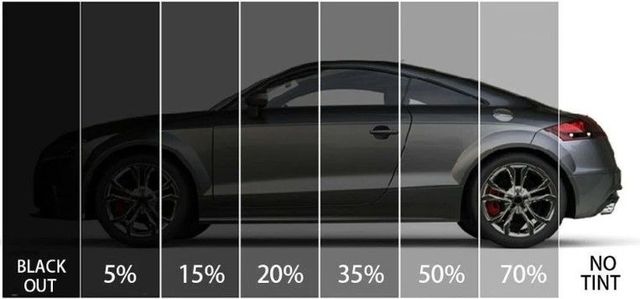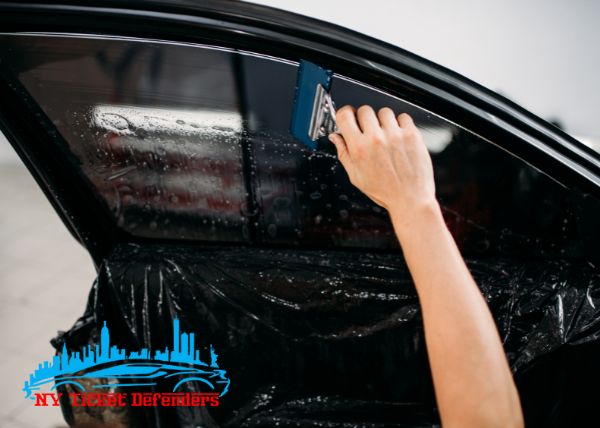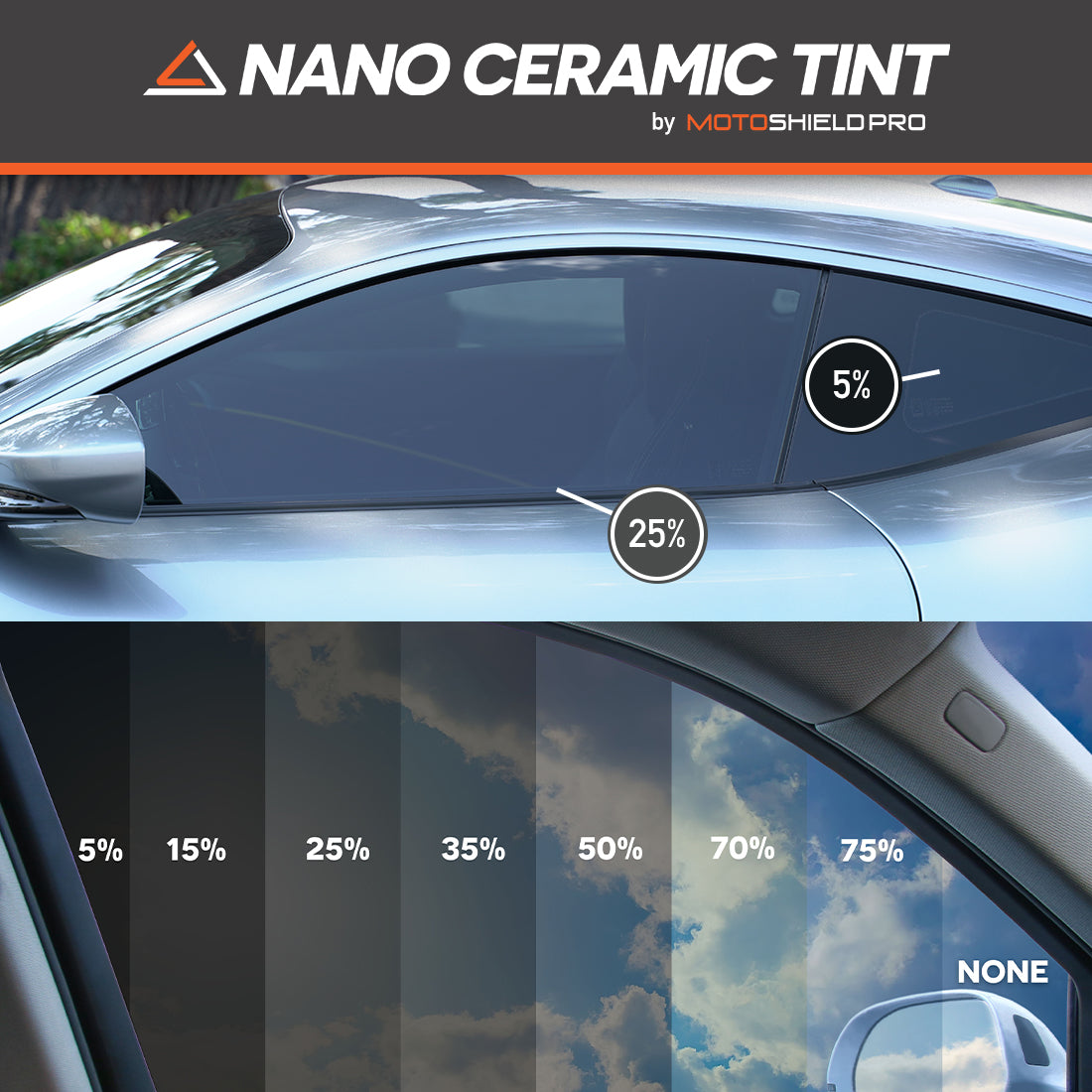Vehicle Window Tinting: Long-Lasting Security for Your Cars and truck's Windows
Vehicle Window Tinting: Long-Lasting Security for Your Cars and truck's Windows
Blog Article
Home Window Tinting Laws and Standards: What You Required to Know Before Tinting Your Car
Before waging home window tinting for your lorry, it is vital to familiarize on your own with the varied laws and guidelines that control this practice across different states. These guidelines dictate the acceptable levels of tint darkness, frequently gauged by noticeable light transmission (VLT) percentages, and consist of particular terms for front windscreens focused on ensuring road safety. Additionally, particular territories might provide medical exceptions for individuals with certifying conditions. Understanding these complexities can conserve you from possible legal implications, yet what are the details rules in your state?
Summary of Window Tinting Regulations
Window tinting laws are regularly subject to variant throughout different territories, showing local guidelines and safety and security considerations. These legislations dictate the acceptable levels of tint darkness and reflectiveness on lorry home windows, making certain that drivers keep sufficient exposure while also safeguarding versus harmful UV rays and warm.
A lot of laws identify window tinting based upon the Visible Light Transmission (VLT) percentage, which indicates the amount of light that can go through the home window. Usually, lower VLT percentages symbolize darker colors. Regulations frequently differentiate between the front, side, and rear windows, with more stringent limitations related to the front windscreen to improve security for both the vehicle driver and various other roadway individuals.
Additionally, some territories enforce constraints on the reflectivity of the tint, preventing extreme glare that could harm exposure. Exemptions to these regulations may exist for individuals with details clinical conditions calling for added sun protection. Compliance with window tinting guidelines is critical, as violations can lead to fines, required elimination of the color, and prospective boosts in insurance costs. It is necessary for vehicle owners to familiarize themselves with regional legislations before continuing with window tinting installments.
State-by-State Color Rules
Recognizing the certain window tinting laws in each state is essential for car proprietors looking for to adhere to the law. Each state in the U.S. has established its own collection of regulations controling home window tinting, which can vary significantly. These laws typically determine the allowed levels of tint darkness, the kinds of windows that can be tinted, and any kind of clinical exemptions that might apply.
For example, states like The golden state have strict limitations on tint darkness for front windows, while others, such as New Mexico, might allow darker colors. Furthermore, specific states mandate particular exposure portions for different home windows, including the windshield, front side windows, and back windows. It is vital for auto proprietors to familiarize themselves with their state's laws to prevent potential penalties or charges.
Additionally, some states may require an accreditation sticker label to be positioned on tinted home windows, suggesting compliance with state regulations. Failing to stick to these policies not only risks legal repercussions but can also influence safety and presence while driving. Automobile proprietors should conduct comprehensive research study or seek advice from local authorities to guarantee complete understanding and conformity with state-by-state color laws.
Allowed Tint Kinds and levels
Numerous lorry owners might be shocked to find out that allowed tint degrees and kinds differ widely throughout different states. Each state has actually established its own guidelines pertaining to the allowable darkness and reflectivity of home window tint, frequently determined by Visible Light Transmission (VLT) percentages. VLT refers to the quantity of light that can go through the colored home windows; hence, a reduced percent shows a darker color.

Furthermore, the kinds of color materials permitted can differ, with some states restricting mirror-like or metallic finishes. It is important for automobile owners to familiarize themselves with their state's specific legislations to make certain conformity. Non-compliance can result in fines, necessary removal of the tint, or various other legal effects, making it imperative to additional reading comprehend these policies prior to waging installment.
Medical Exceptions for Tinting
While not all states provide allocations for medical exemptions regarding home window tinting, those that do identify the requirement for details individuals to improve visibility and convenience because of clinical conditions. Various clinical conditions, such as lupus, skin cancer cells, and certain eye problems, can make individuals especially sensitive to sunshine. These individuals might require darker colors to shield themselves from damaging UV rays and glow.

It is important to keep in mind that despite a medical exception, there might still be limitations on the level of tint allowed. Conformity with state laws makes sure that people are both protected and within lawful limits. Those thinking about medical exemptions should contact their local Division of Electric motor Automobiles or equal authority to comprehend the treatments and needs required to make an application for an exception properly.
Penalties for Non-Compliance
Stopping working to comply with window tinting laws can bring about significant charges, which differ by state. Regulation enforcement firms are empowered to release citations for try this web-site cars that do not stick to the specified tinting guidelines. These penalties commonly consist of penalties, which can vary from moderate amounts to several hundred dollars, depending upon the extent of the infraction and the state concerned.
In some territories, duplicated offenses may lead to intensifying fines or extra penalties, such as necessary court looks. Non-compliance might require the elimination of prohibited tinting, usually at the owner's cost. In severe instances, habitual wrongdoers may face suspension of their vehicle enrollment till conformity is attained.
Additionally, insurance policy effects may arise from obtaining several citations for home window color infractions. Insurance providers might check out such offenses as a sign of riskier behavior, potentially causing boosted premiums or problem in insurance coverage.
To prevent these penalties, it is important for vehicle proprietors to look what i found familiarize themselves with their regional window tinting regulations and guarantee that their automobile complies (Window Tinting). This positive method not just stays clear of lawful implications yet likewise promotes road security
Final Thought

Most regulations identify home window tinting based on the Visible Light Transmission (VLT) percent, which shows the amount of light that can pass through the window. Compliance with home window tinting regulations is critical, as offenses can result in fines, necessary elimination of the color, and prospective rises in insurance coverage costs.Recognizing the details window tinting regulations in each state is important for car owners seeking to comply with the legislation. These policies often determine the allowed levels of color darkness, the types of windows that can be tinted, and any kind of medical exceptions that may use.
For circumstances, states like California have rigid limitations on color darkness for front windows, while others, such as New Mexico, may enable darker colors.
Report this page